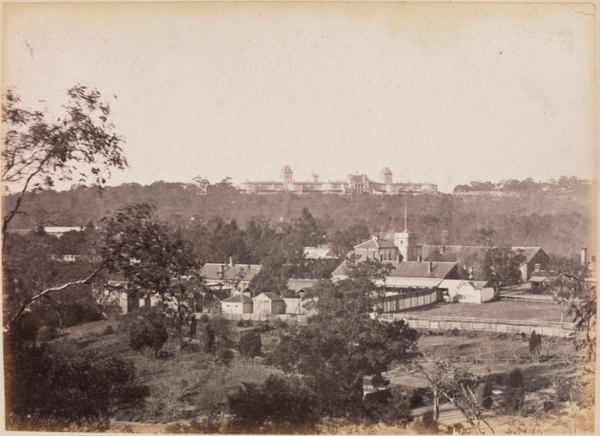Difference between revisions of "Portal:Featured Image Of The Week"
From Asylum Projects
M-Explorer (talk | contribs) |
M-Explorer (talk | contribs) |
||
| (16 intermediate revisions by the same user not shown) | |||
| Line 1: | Line 1: | ||
{{FIformat | {{FIformat | ||
| − | |Image= | + | |Image= yarrabend.png |
|Width= 600px | |Width= 600px | ||
| − | |Body= [[ | + | |Body= [[Yarra Bend Asylum|Yarra Bend]] was the first permanent institution established in Victoria that was devoted to the treatment of the mentally ill. It opened in 1848 as a ward of the Asylum at Tarban Creek in New South Wales. It was not officially called Yarra Bend Asylum until July 1851 when the Port Phillip District separated from the Colony of New South Wales. Prior to the establishment of Yarra Bend, lunatic patients had been kept in the District's goals. New admissions ceased in 1924 with the Asylum officially closing in 1925. All remaining patients were transferred to the Mont Park facilities. |
}} | }} | ||
Revision as of 04:30, 9 August 2020
Featured Image Of The Week
Yarra Bend was the first permanent institution established in Victoria that was devoted to the treatment of the mentally ill. It opened in 1848 as a ward of the Asylum at Tarban Creek in New South Wales. It was not officially called Yarra Bend Asylum until July 1851 when the Port Phillip District separated from the Colony of New South Wales. Prior to the establishment of Yarra Bend, lunatic patients had been kept in the District's goals. New admissions ceased in 1924 with the Asylum officially closing in 1925. All remaining patients were transferred to the Mont Park facilities.
